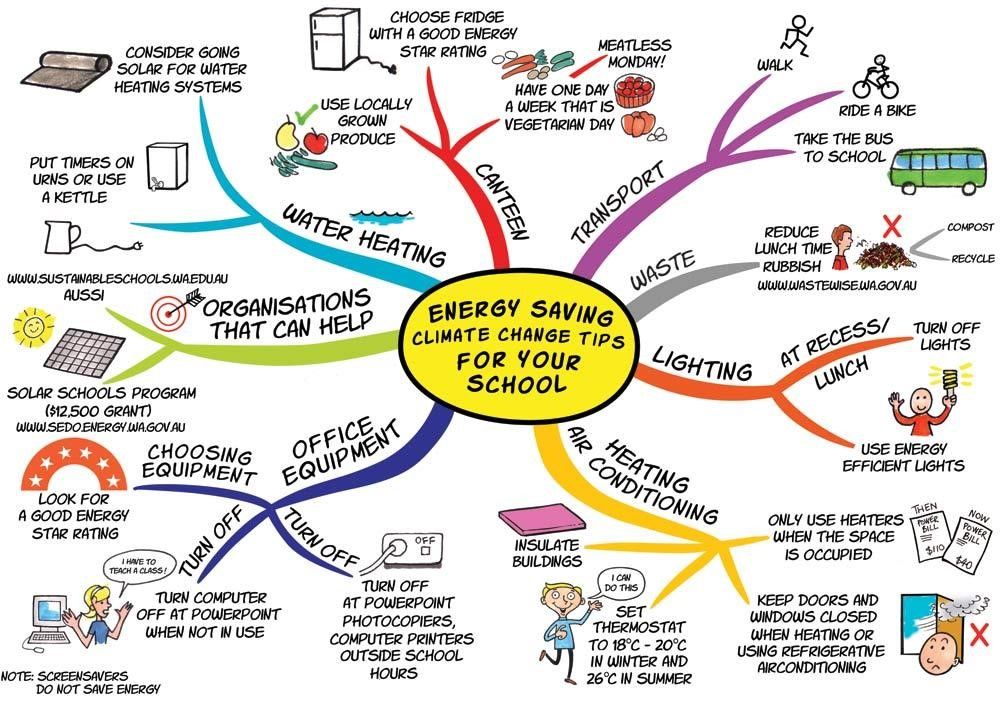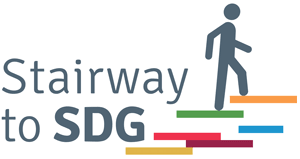Introduction

Collecting photos to report! (By Matt Hardy on pexels.com)
Production and use of energy account for more than 75% of the EU’s greenhouse gas emissions (source: European Commission – A clean planet for all - 2018). Indeed, we are dependent on energy, but do we have to use so much of it? How can we use energy in a way that reduces our greenhouse gas emissions? Researchers estimate that adopting interventions based on behavioral strategies could reduce individual energy consumption by 5-20%.
This activity will engage you, in an attractive and creative way, to report on behaviors that could be changed and on good practices that can contribute to the reduction of GHG emissions!
Learning Objectives
- The learner understands the current climate change as an anthropogenic phenomenon resulting from the increased greenhouse gas emissions.
- The learner knows which human activities – on a global, national, local and individual level – contribute most to climate change.
- The learner knows about prevention, mitigation and adaptation strategies at different levels (global to individual) and for different contexts and their connections with disaster response and disaster risk reduction.
- The learner is able to encourage others to protect the climate.
- The learner is able to collaborate with others and to develop commonly agreed-upon strategies to deal with climate change.
- The learner is able to understand their personal impact on the world’s climate, from a local to a global perspective.
- The learner is able to evaluate whether their private and job activities are climate friendly and – where not – to revise them.
- The learner is able to anticipate, estimate and assess the impact of personal, local and national decisions or activities on other people and world regions.
- The learner is able to support climate-friendly economic activities.
- Systems thinking competence
- Strategic competency
- Collaboration competency
Instructions
Step 1) Research & observation (120 minutes)
After having been introduced to the contribution of human activities to CO2 emissions due to energy consumption and their consequences on climate (see list of links and videos proposed), the learners are starting their research.
- In groups of 3 to 5, inside the training center or in their neighbourhood, they are observing and shooting photos presenting two aspects of the issue:
- Individual behaviour and local activities that contribute to greenhouse gas emissions and that could be improved.
- And local collective or individual practices that can contribute to reduce greenhouse gas emission.
The facilitator comments the importance of paying attention not only to individual or local activities, but also to all aspects related to their field of study.
- To help them, a mind map such as the one below can be provided by the trainer as a reminder of the various sources of possible energy saving.

- Learners take notes, photos with a mobile device (mobile phone, tablet) reflecting their observations.
Step 2) Share your findings! (60 to 90 minutes - depending of the number of groups)
- Coming back to the classroom, each team selects 3 of the issues they have noticed and selects the most representative photos to communicate on it (3-5 photos per topic). They combine ideas in order to write a short text in relation to the relevant photos they have chosen.
The word count should be very short (from 10-40). A title (not more than 5-6 words) will complete the writing creation.
- Each group then uses a decided image and text processing app to better present their photos and short narratives (e.g. PIC collage, PHOTO Collage, etc.) before being presented to the other groups in 5’.
- At the end leave a space for final conclusions and a summary. Which are the most common activities in our area that contribute to the CO2 emissions? And which are good practices that should be showcased?
- CALL FOR ACTION 1
Organise an exhibition in the Training center/school
With the support of the trainer, learners will finalise and edit their posters for printing in A2 (594 x 420mm) or A1 (841 x 594mm) Posters. An exhibition can be hosted in the hall or a common space of the training center. Title of the exhibition should be decided by the trainees (Eg. “Save energy waste”; “Energy saving tips”; “Reduce impact on our Climate: Save Energy”)
When possible, the contribution of a trainer or expert in graphic design or communication will facilitate the finalisation of the poster and will make them more explicit and convincing.
If the exhibition cannot be organised, an online dissemination through the website, facebook page, blog or other media of the training center, can be an alternative channel.
- CALL FOR ACTION 2
Report on good practices and make your voice heard!
By promoting good practices, learners will encourage behavior changes (starting by themselves!) and interact positively. Depending of the scope of their research (training center or neighbourhood) they will get in touch with the Direction of their training center/school or the local environmental organisations or municipality, open a new facebook page to share their findings and engage others to do so, or take part in consultation referring to new projects or policies on the issue.
Resources
Click each section below to see all resources available.
Resources
Click each section below to see all resources available.
Links
Tips from the European commission to reduce your energy consumption at home and at work!
https://ec.europa.eu/clima/citizens/tips_en
Climate Impact by Area: Ranked by Carbon intensity of electricity consumed
https://www.electricitymap.org/map
Country profiles containing key data on greenhouse gas (GHG) emissions, renewable energy and energy
https://www.eea.europa.eu/themes/climate/trends-and-projections-in-europe/climate-and-energy-country-profiles
Notes for Educators
Step1. Some videos to introduce the issue of energy consumption and consequences on climate and the EU strategy:
- The emission gap (2019 report from the UNEP): https://youtu.be/0r42GNr6dWI
- EU Action on energy and climate change: a landscape review: https://audiovisual.ec.europa.eu/en/video/I-143757
- The EU's 2030 goals for climate and energy https://audiovisual.ec.europa.eu/en/video/I-085625 (all EU languages available)
Step2. Before asking the class to report on the outside situation and others’ attitude, it is worth asking learners to self-evaluate their own energy consumption looking, for instance, at “Tips from the European commission to reduce your consumption at home and at work!”
See: https://ec.europa.eu/clima/citizens/tips_en and https://ec.europa.eu/clima/citizens/tips/work_en
For small groups, working by pairs may be more interesting.






